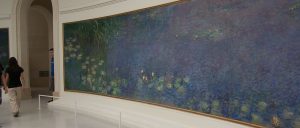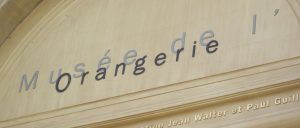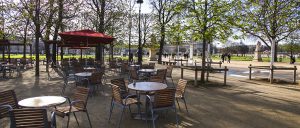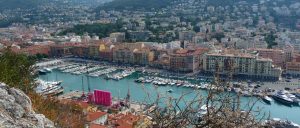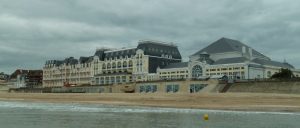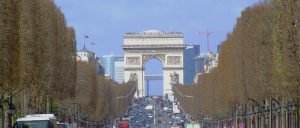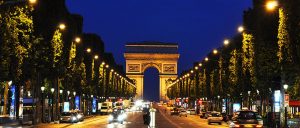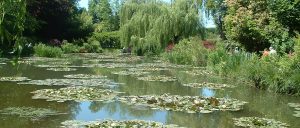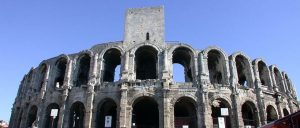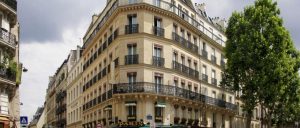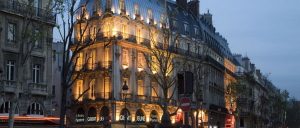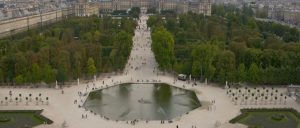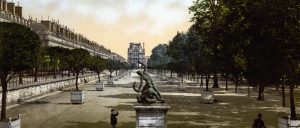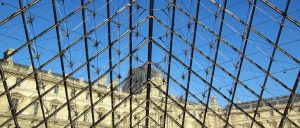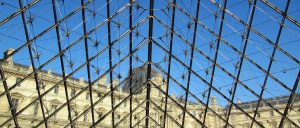What to see at the Musee De L’Orangerie
A museum in a station
The plainness of the room allows the viewer to focus on the amazing colours and enhances the ethereal quality of the paintings. In the lower floors of the gallery you can view some works by Cezanne, Renoir, Modigliani, Rousseau, Matisse, Picasso and Derain.
Museum building
It was originally built in the erstwhile Osray railway station for an exhibition in 1900 known as the Universal Exhibition. You can find collections dated back to as early as 1848 and as late as 1914. The museum was modernized sometime around 2006. Visitors are also attracted to the museum for its apt location. While on the one hand it stands on the banks of the river Seine, on the other hand it stands opposite the Tuileries Gardens.
Collection
Les Nymphéas (Water Lilies)
As a culmination of Claude Monet’s artistic reflection, Les Nymphéas or Water Lilies are a delicate and colossal conception. Monet’s works can be viewed as a refuge for Parisians who had just witnessed the Great War. His project chiefly involved the use of variations of light in his garden in Giverny. He was of the opinion that his work would offer people an escape from the turmoil and a space where they could relish peace and harmony. It can go without saying that his works that adorn the walls of two oval rooms in the museum surely urge the visitors to look at the poetic as well as artistic dimension.
The Walter-Guillaume collection
Inspired by art work of the early 20th century the collection comprises of works of art dealer Paul Guillaume and his better half Domenica. An influential artist during the 1920s, Paul Guillaume showed solidarity with artists like Marie Laurencin, Picasso, Derain and Soutine. It has also been ascertained that Guillaume had an equally keen interest in the works of these great artists’ forerunners like Cézanne and Renoir. It was Paul Guillaume’s wish to establish a modern art museum while he lived. But after his death in 1934, his wife took on the task of accomplishing it. The museum contained works of art which reflected impressionism as well as modern classicism. The museum was finally handed over to the State in 1960.






